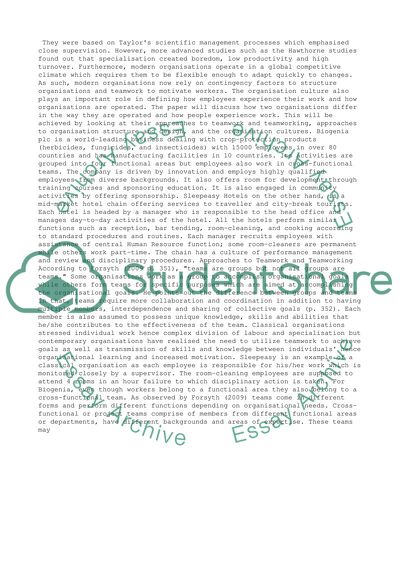Cite this document
(“People and organisations Essay Example | Topics and Well Written Essays - 1750 words”, n.d.)
People and organisations Essay Example | Topics and Well Written Essays - 1750 words. Retrieved from https://studentshare.org/business/1449971-people-and-organisations
People and organisations Essay Example | Topics and Well Written Essays - 1750 words. Retrieved from https://studentshare.org/business/1449971-people-and-organisations
(People and Organisations Essay Example | Topics and Well Written Essays - 1750 Words)
People and Organisations Essay Example | Topics and Well Written Essays - 1750 Words. https://studentshare.org/business/1449971-people-and-organisations.
People and Organisations Essay Example | Topics and Well Written Essays - 1750 Words. https://studentshare.org/business/1449971-people-and-organisations.
“People and Organisations Essay Example | Topics and Well Written Essays - 1750 Words”, n.d. https://studentshare.org/business/1449971-people-and-organisations.


